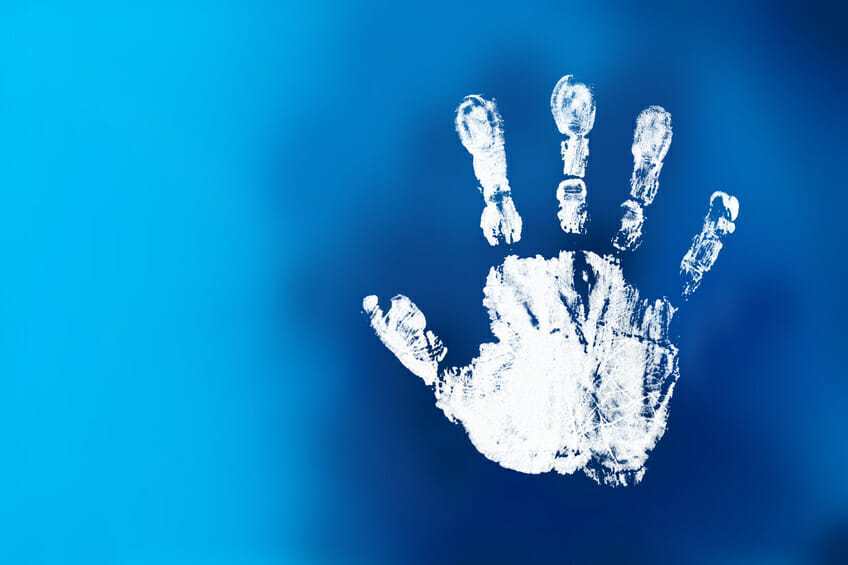|
Client Services
Important Information
Office Notes
| Policies
Credentials
| Background
Client Intake Forms
Educational Tools | Resources
Explanation
Gender identity disorder, or
gender dysphoria, is a
condition in which a male or
female feels a strong
identification with the
opposite sex. The
individual may identify to
the point of believing that
they are, in fact, a member
of the other sex who is
trapped in the wrong body.
A person with this disorder
often experiences great
discomfort regarding his or
her actual anatomic gender.
People with gender identity
disorder may act and present
themselves as members of the
opposite sex and may express
a desire to alter their
bodies. The disorder affects
an individual's self-image,
and can impact the person's
mannerisms, behavior, and
dress. Individuals who are
committed to altering their
physical appearance through
cosmetics, hormones and, in
some cases, surgery are
known as transsexuals.
Gender identity disorder is
a condition in which a
person has been assigned one
gender (usually at birth),
but identifies as belonging
to another gender, or does
not conform with the gender
role their respective
society prescribes to them.
Center of Excellence for
Transgender Health
Transgender Expert Offers
Tips to Parents
Here's What Parents of
Transgender Kids Need to
Know
Advice for Parents Whose
Child Just Came Out to Them
as Transgender
Sex Change Treatment for
Kids


People with gender identity
disorder frequently report
their feelings as "having
always been there", and the
disorder can be evident in
early childhood. Most people
know whether they have a
gender identity problem by
the time they reach
adolescence, although in
some cases it seems to
appear in adulthood
Adults with gender identity
disorder sometimes live
their lives as members of
the opposite sex. They tend
to be uncomfortable living
in the world as a member of
their own biologic or
genetic sex. They often
cross-dress and prefer to be
seen in public as a member
of the other sex. Some
people with the disorder
request sex-change surgery.
Web MD:
Gender Identity Disorder
Med
Line: Gender Identity Disorder
Psych Central:
Gender Identity Disorder
At
Health: Gender Identity Disorder
DSM-V: Sexual and Gender Identity Disorders
American
Psychological Association: Transgender Resources
PFLAG: Our Trans Children
Endocrine Treatment of Transsexual Persons

There are two components of
Gender Identity Disorder,
both of which must be
present to make the
diagnosis. There must be
evidence of a strong and
persistent gross-gender
identification, which is the
desire to be, or the
insistence that one is, of
the other sex. This
cross-gender identification
must not merely be a desire
for any perceived cultural
advantages of being the
other sex. There must also
be evidence of persistent
discomfort about one’s
assigned sex or a sense of
inappropriateness in the
gender role of that sex.
Gender identity disorder can
affect children,
adolescents, and adults.
Individuals with gender
identity disorder have
strong cross-gender
identification. They believe
that they are, or should be,
the opposite sex. They are
uncomfortable with their
sexual role and organs and
may express a desire to
alter their bodies. While
not all persons with gender
identity disorder are
labeled as transsexuals,
there are those who are
determined to undergo sex
change procedures or have
done so, and, therefore, are
classified as transsexual.
Jessica
Pettitt: Transgender Resource Guide
You Tube:
Transgender Children - Out of the Shadows
ABC News:
Understanding Transgender Children
Transgender
Publications
Born With
the Wrong Body
Gender Psychology: All Mixed
Up

|

|
Sexual Addiction
Sexual Identity Disorder
Harmful Sexual Behavior

Identifying Gender Identity
Disorder
Many transgender people do not
regard their cross-gender feelings and behaviors as a disorder. They
question what a "normal" gender identity or a "normal" gender role is
supposed to be. Sometimes, even the very existence of a "normal" gender
identity or gender role is examined, and often rejected by sectors of
modern gender studies. They often point out that not everyone who is
born male is stereotypically masculine, and not everyone born female is
stereotypically feminine.
The current edition of the Diagnostic &
Statistical Manual of Mental disorders (DSM) has several criteria that
must be met before a diagnosis of Gender Identity Disorder can be given:
1) There must be evidence of a strong and
persistent cross-gender identification. This cross-gender identification
must not merely be a desire for any perceived cultural advantages of
being the other sex.
2) There must also be evidence of persistent discomfort about one's
assigned sex or a sense of inappropriateness in the gender role of that
sex.
3) The individual must not have a concurrent physical intersex condition
(e.g., androgen insensitivity syndrome or congenital adrenal
hyperplasia).
4) There must be evidence of clinically significant distress or
impairment in social, occupational, or other important areas of
functioning.
Center of Excellence for
Transgender Health
Transgender Expert Offers Tips to Parents
Here's What Parents of Transgender Kids Need to Know
Advice for Parents Whose Child Just Came Out to Them as Transgender
Sex Change Treatment for Kids
In children, the disturbance is manifested by repeatedly stated desire
to be, or insistence that he or she is, the other sex. In boys,
preference for cross-dressing or simulating female attire. In girls,
insistence on wearing only stereotypical masculine clothing. There is
usually strong and persistent preferences for cross-sex roles in make
believe play or persistent fantasies of being the other sex, an intense
desire to participate in the stereotypical games and pastimes of the
other sex, and usually a strong preference for playmates of the other
sex.
In boys, there is the assertion that his
penis or testes are disgusting or will disappear or assertion that it
would be better not to have a penis, or aversion toward rough-and-tumble
play and rejection of male stereotypical toys, games, and activities.
In girls, rejection of urinating in a sitting position, assertion that
she has or will grow a penis, or assertion that she does not want to
grow breasts or menstruate, or marked aversion toward normative feminine
clothing.
In adolescents and adults, the disturbance
is manifested by symptoms such as a stated desire to be the other sex,
frequent passing as the other sex, desire to live or be treated as the
other sex, or the conviction that he or she has the typical feelings and
reactions of the other sex. Additionally, the adolescent or adult has a
preoccupation with getting rid of primary and secondary sex
characteristics (request for hormones, surgery, or other procedures to
physically alter sexual characteristics to simulate the other sex).

Service Information
Client Services
Important Information
Office Notes
| Policies
Credentials
| Background
Client Intake Forms
Educational Tools | Resources
Topic Pages
Sexual Addiction
Sexual Identity Disorder
Harmful Sexual Behavior

|